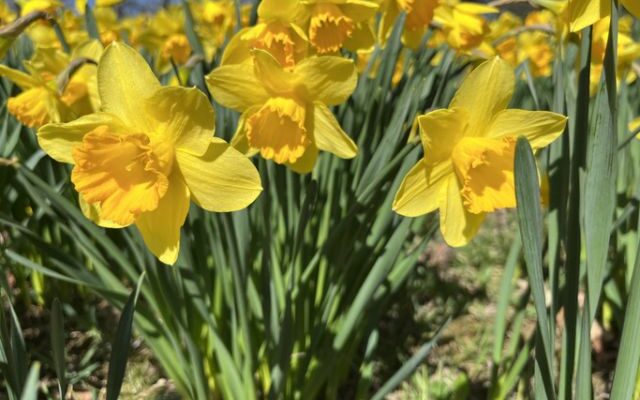‘Tis Spring, Astronomical Spring, That Is

What seemed far off early in January is finally here, the first day of spring, when the hours of daylight and darkness are evenly divided. That’s called the spring equinox. And, because of this, it might be more accurate to call today the first evening of spring, because the equinox doesn’t occur until after 10 o’ clock this evening.
The first day of spring in the northern hemisphere usually falls on March 19th, 20th, or 21st. A spring equinox on March 21st is rare, however. According to the Farmer’s Almanac, there hasn’t been one in the mainland U.S. for the entirety of the 21st century and there won’t be one until 2101.
What’s the difference between the spring equinox and meteorological spring? Weather professionals consider astromical spring beginning on March 19th.
While the 2024 vernal equinox falls on March 19th, meteorological spring began at the start of the month of March. According to NASA, there are two types of seasons: meteorological and astronomical.
Meteorological seasons are tied to the calendar and are based on the annual temperature cycle. Meteorological seasons are broken up into groupings of three months. Each year, meteorological spring lasts from March 1st until May 31st.
Astronomical seasons are based on the tilt of Earth’s axis and Earth’s position during its orbit around the sun.







